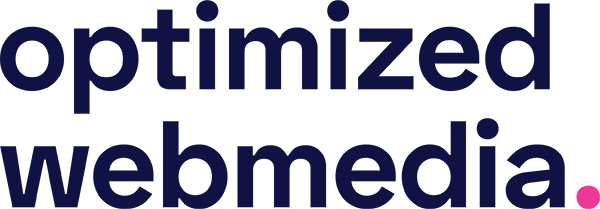
Jump ahead to:
How to Use Chat GPT for Blogging
As the digital landscape continues to evolve, AI technology has undoubtedly emerged as a crucial player in various sectors. One notable application is the utilisation of AI for content creation, particularly blogging. Among the myriad of AI tools, GPT-4 by OpenAI, commonly known as ChatGPT, has garnered attention for its transformative impact on blogging. This article provides a comprehensive guide on leveraging ChatGPT’s capabilities for high-quality blog content production.
Firstly, let’s dive into the roots of ChatGPT to better understand its functionalities and potential. ChatGPT is a language prediction model developed by OpenAI. This technology is designed to generate human-like text by predicting the probability of a word based on the previous words used in the text. It’s based on a machine learning model called a transformer, which uses context from both before and after a word to predict the next word. As such, it exhibits the ability to generate coherent, fluent, and contextually appropriate content.
The utility of ChatGPT has seen a wide range of applications from drafting emails, writing code, creating written content, and even assisting in language translation. More pertinently, it has started to be recognized as a powerful tool for bloggers.
Using ChatGPT for Blogging
The process of writing a blog post often involves several stages – idea generation, drafting an outline, writing the actual post, editing, and proofreading. ChatGPT can be instrumental in all these stages, thereby streamlining your blogging process.
Idea Generation
The primary stage of any blog post is coming up with a topic. ChatGPT, with its vast training data and predictive abilities, can be used to generate blog post ideas. By inputting related keywords or subject areas, you can generate numerous topic ideas that might have otherwise been overlooked.
Drafting an Outline
After deciding on the blog topic, the next step is structuring your content. A well-structured blog post improves readability and engagement. You can use ChatGPT to draft an outline for your post. By providing the AI with the topic and main points, it can generate an organized and logical structure for your blog post.
Writing the Blog Post
Writing the actual blog post is where ChatGPT truly shines. All you need to do is feed it the opening line, and the model can generate the rest of the post. ChatGPT uses a sequence of prompts to guide the model in generating the required content. The prompts should be as detailed as possible for the best output. Moreover, you can guide the generation process by providing instructions such as “Write a blog post about XYZ in an informative and engaging tone”.
It’s important to remember that while ChatGPT can create fluent and coherent text, it doesn’t understand context in the way humans do. Therefore, human intervention is required to ensure that the AI-produced content is accurate and contextually appropriate.
Editing and Proofreading
Once you’ve got the rough draft ready, it’s time to refine it. Here, ChatGPT can assist in the editing and proofreading process. The model can suggest edits to improve language fluency, correct grammar mistakes, and even offer stylistic improvements. Again, while the AI can provide substantial assistance, human intervention is essential to ensure the post maintains a personal and relatable tone.
Key Considerations when using ChatGPT for Blogging
While ChatGPT offers significant benefits, it’s essential to be mindful of its limitations and the ethical considerations involved in its use. AI doesn’t possess creative or critical thinking abilities akin to humans. Thus, it’s incapable of creating original concepts or critically evaluating information. This is where the human-AI collaboration becomes paramount.
Additionally, as ChatGPT generates content based on the training data it was fed, there’s a risk of producing biased or inappropriate content, although OpenAI has taken steps to minimize these issues. Bloggers should therefore review the generated content for any potential issues and make necessary amendments.
Finally, with the rise of AI-generated content, there are ethical questions surrounding authorship and plagiarism. If content is primarily generated by an AI, does it count as plagiarized content? Who is the author of the content – the AI or the human who guided the AI? While these questions are yet to be definitively answered, transparency is vital. It’s generally recommended to disclose when content has been AI-generated.
In conclusion, ChatGPT presents a promising avenue for bloggers to enhance their content creation process. By leveraging its capabilities, you can generate high-quality, engaging content with increased efficiency. However, it’s important to remember that AI should not replace human creativity and critical thinking. Instead, it should be seen as a tool that can assist and augment human capabilities, resulting in a seamless blend of human creativity and AI efficiency in the world of blogging.
Contact Us for our Digital Marketing Services
Contact our team at Optimized Webmedia to learn more about our Digital Marketing services.




